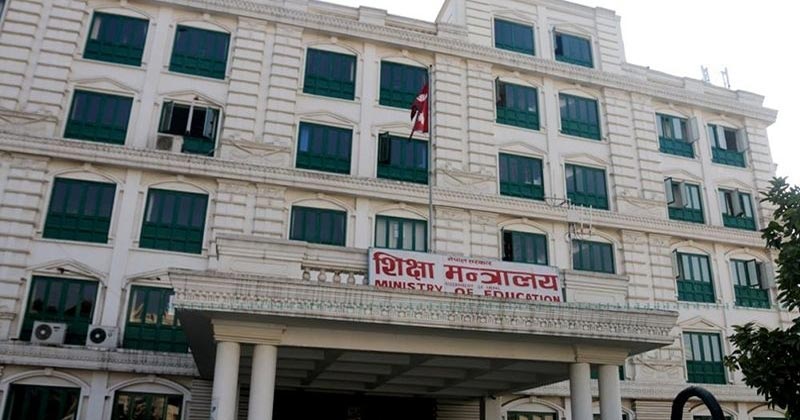
Introducing National Human Resources Development Policy 2079: A Vision for Developing Competitive Human Capital
The Nepalese government has taken a crucial step towards developing a national and world-class competitive human capital by introducing the National Human Resources Development Policy (NHRDP) 2079. The policy is aimed at identifying and projecting the human resources required by the state and aims to create a comprehensive system for appointing and utilizing manpower.
Drafting of the Policy
The Manpower Development Planning and Coordination Branch under the Ministry of Education, Science, and Technology has drafted the policy. The National Human Resources and Policy Formulation sub-committee meeting recently discussed the draft, and it was agreed that the country needs a new National Human Resources Development Policy. The reason for this is that there is no study and research on how much and what kind of manpower is needed in which areas of the state. As a result, government investment has been wasted, and the state has not been able to utilize the manpower that it has.
Policy Objectives
The main objective of the policy is to identify subject areas of employment at the union, state, and local levels. It aims to prepare standards for manpower development plans at the national, regional, and local levels, as well as the socio-economic status of the state. The policy will coordinate and cooperate between the union, state, and local government and labor market-related agencies in building thematic manpower that can contribute to transformation.
Challenges Faced
During the study and research, it was found that there is a challenge in ensuring that manpower, production, development, and application areas are integrated in the country. The study showed that due to the lack of an integrated mechanism for work operation such as subject area manpower development use and projection, the manpower produced even by the universities established in the country must be academically unemployed.
Strategies
The policy provides for the review of the curriculum from school to university level to include topics related to innovation, study and research, connecting projects, implementation and research work done by students at all levels with their learning evaluation, teacher training, and manpower development. The curriculum will also include research methods as an integral part of teacher capacity development. The document received by citizens shows that 161 strategies have been decided.
Legal and Policy Provisions
The National Human Resources Development Policy 2079 has its own legal and policy provisions. The bill, guidelines, standards, procedures, and operational direction can be made under this policy. The collective participation of all concerned agencies including the executive, judiciary, legislature, constitutional commission, and agencies in manpower development will be ensured.
Formation of Committees
The policy provides for the formation of federal, provincial, district, and local manpower development management committees to coordinate performance. After the implementation of the policy, the lack of official bodies in the field of manpower development to coordinate, connect, and arrange a permanent mechanism can be fulfilled. It can facilitate technical and academic success.
Challenges Ahead
Despite the hard work and effort that has gone into drafting the policy, the current political instability in the country has raised concerns about whether this policy will go ahead or not. Nevertheless, the policy provides a clear roadmap for developing a competitive human capital that can contribute to the transformation of Nepal.
It is unfortunate that political instability has raised concerns about the future of the National Human Resources Development Policy 2079. However, the policy is an important step towards developing a skilled and competitive workforce in Nepal. It provides a clear roadmap for identifying and projecting the human resources needed by the state and coordinating efforts between the union, state, and local governments to build thematic manpower that can contribute to the transformation of Nepal.
One of the key features of the policy is the formation of federal, provincial, district, and local manpower development management committees that will work together to coordinate performance and facilitate technical and academic success. These committees will help fill the lack of official bodies in the field of manpower development and create a permanent mechanism for coordinating and connecting efforts in this area.
The policy also includes 161 strategies aimed at reviewing the curriculum from school to university level, including topics related to innovation, study and research, and connecting projects. It also emphasizes teacher training and capacity development, as well as including research methods as an integral part of teacher training.
In addition, the policy provides legal and policy provisions for the creation of bills, guidelines, standards, procedures, and operational directions related to manpower development. It also emphasizes the collective participation of all concerned agencies, including the executive, judiciary, legislature, constitutional commission, and agencies in manpower development.
Overall, the National Human Resources Development Policy 2079 is a comprehensive policy that provides a clear roadmap for developing a skilled and competitive workforce in Nepal. While concerns remain about its implementation due to political instability, it represents an important step towards building a strong human capital that can contribute to the transformation of Nepal.
Published on 26th March 2023


